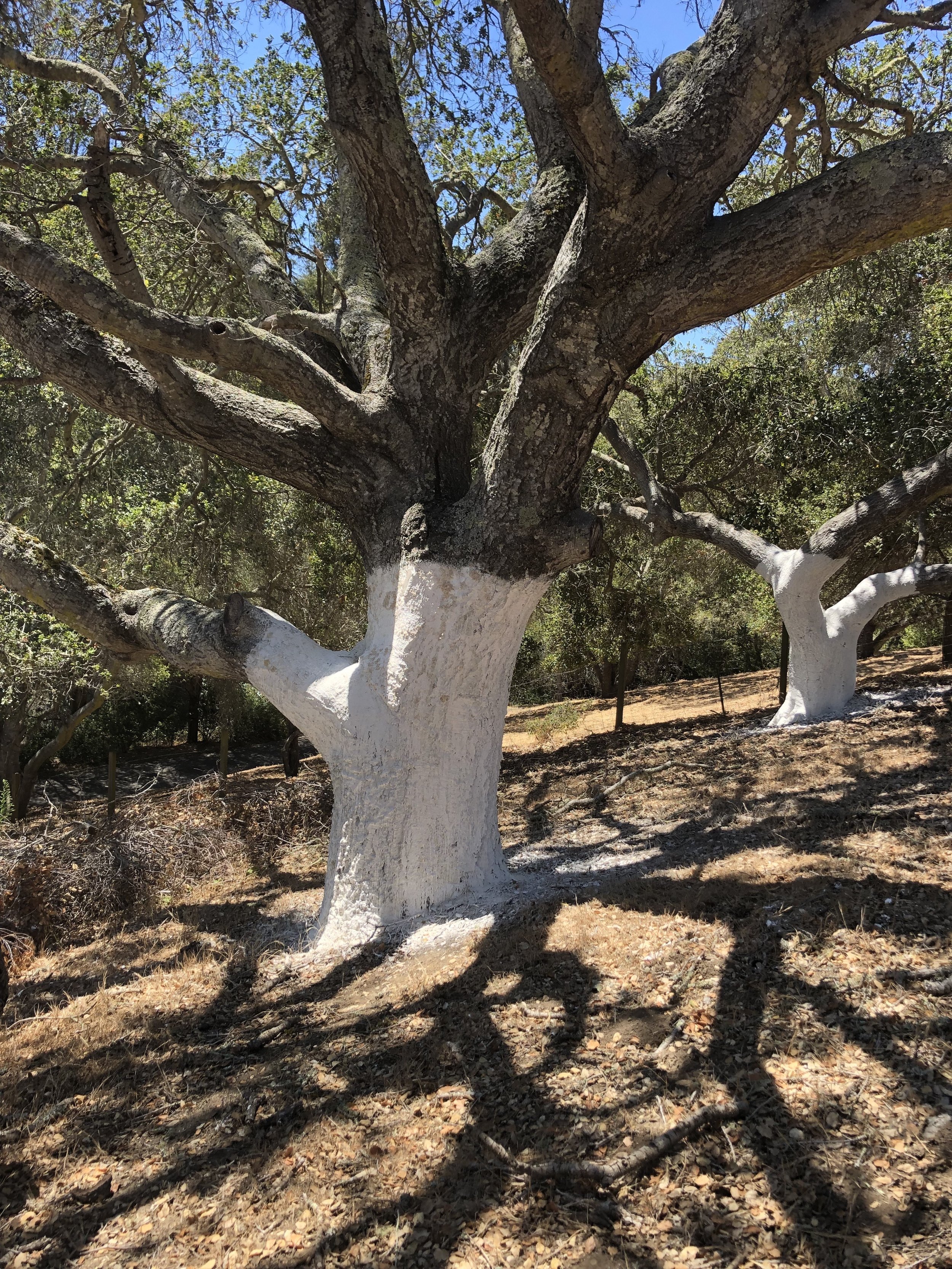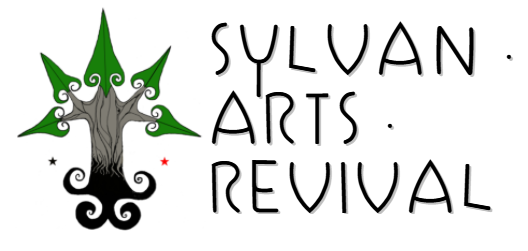
Sudden Oak Life
As an artist drawing inspiration and materials from the forest, and as someone with a background in ecology, it’s imperative that part of my work not only gives back, but is actively in service to the biosphere and combating the effects of climate change, biodiversity decline, and myriad others. My work in the forest is oriented to help preserve old growth trees, particularly oaks of the California oak savanna. Science has shown that old growth trees sequester carbon more efficiently than new plantings, thus making preservation of old growth stands a primary method in the struggle to adapt to and contain the effects of climate change.
Throughout the California coast line and beyond, oaks are in particular trouble from Phytopthera ramorum- colloquially called Sudden Oak Death (SOD). This psudo-fungus is a relative of the pathogen that caused the potato blight in Europe during the mid-1800’s that impacted Ireland particularly terribly. However like its cousin P. infestans, SOD is the catalyst for, but not the underlying cause of a great crisis. The ultimate root of both the Great Hunger in Ireland, and of SOD in California was and is colonialism.
When European-descended settler-colonizers invaded Indigenous lands, here and throughout the world, they disrupted thousands of years of ecological co-evolution that the peoples of those places had carefully and intentionally stewarded. In particular on the West Coast of Turtle Island- so called North America- this took the form of suppression of Cultural Burning practices, as well as the occasional lightning-caused fire, that had been shaping the West Coast landscape for tens of thousands of years. This change from a fire-adapted landscape to a fire-vulnerable one has had profound effects, not only by encouraging catastrophic fires, but also changing the chemical and biological composition of the forest floor.
While much of the conventional conservation movement focuses on quarantining and not spreading P. ramorum, I choose to take a more proactive, holistic view, specifically in league with Lee Klinger PhD of Sudden Oak Life whose work for the past 20 years has documented the success of a whole-system approach. Klinger has amply shown that the absence of regular burning has pushed soil ph of West Coast forest floors towards a more acidic soil composition, leading to a leaching of essential calcium from the soil which is the most important mineral in the bark of Western Coast oaks, as well as numerous other trees. His published book Forged by Fire goes into the scientific evidence for this process that both he and many other researchers have documented. Furthermore the absence of cleansing fires has allowed pathogenic fungi and insects, as well as native species of mosses and lichens to get an advantage over oaks they previously did not have. In the latter two cases this further increases soil acidification. Along with the decline in salmon populations that historically brought in thousands of tons of oceanic-borne nutrients each year, climate change, and two centuries of exploitative logging, the suppression of fire in Western forests have left them severely malnourished, overcrowded, and susceptible to disease.
Our work as mindful stewards seeking to right the wrongs of the past and restore balance is to see to these tree’s essential needs. Cultural/prescribed burning is the optimal long-term solution, but in many cases is either not safe, such as in overcrowded forests or near infrastructure, or cost-prohibitive and slow to happen due to the necessary bureaucratic measures needed to employ it. Many old-growth, and future old-growth trees need urgent care to continue to thrive which fire-mimicry can provide. Our work mimics the effects fire produces by doing the following:
Manual removal of excess undergrowth around target trees; clear weedy species such as douglas fir and bay laurel that out compete and infect oaks with SOD. Create burn piles when conditions allow to bring fire back to the environment in a controlled manner.
Remove excess moss/lichens from the trunk.
Re-alkalize & re-mineralize the soil by spreading ground oyster shell and other minerals on the forest floor.
Boost the soil food web by applying Actively Aerated Compost Tea.
Lime wash the trunk to feed calcium directly to the bark of the trunk, create conditions on the trunk hostile to diseases and insects, and further alkalize the environment. This process is one of the most critical of the fire-mimcry practice, and also the most noticeable as it turns the trunk white. Limewashing trees is an established silvicultural practice found throughout the world on myriad tree species for the prevention and treatment of numerous diseases and pests.
Eliminate infection/infestation sites through surgical removal, a process well known in the stone fruit tree industry.
If you have one tree, or acres of trees, I am available for consultation to assess your situation, develop a written analysis and recommendation, and estimate for work to be performed. I am happy to work along side land stewards who wish to have a deeper relationship with their trees, or to facilitate educational experiences to help further spread the work. My rates for initial consults depend on the scope, but in general range from $50-$150. I am available in the Monterey Bay, Greater Bay Area, and the Russian River basin. Beyond those watersheds involves a bit more travel arrangements which I am also available for.
